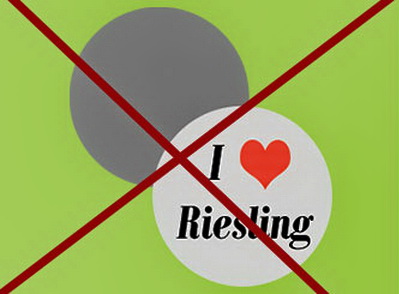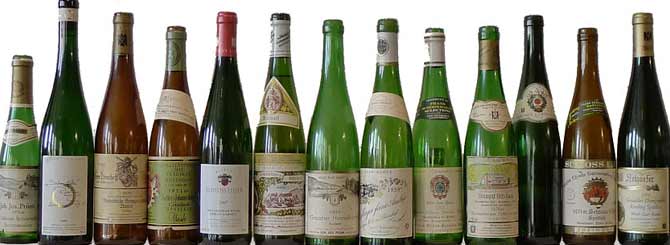ALDI made headlines recently for scoring gold medals with affordable wines – Six of Aldi’s cheap wines judged among best at Sydney International Wine Competition. The driver behind ALDI’s success is Jason Bowyer who has spent most of his life in the wine trade. At ALDI, he’s been fortunate enough to embark on what is the company’s first venture into online retail anywhere in the world.
ALDI’s formula is to deliver quality and value at prices that often make the competition wince, and Jason is following that principle with wines that made a few of us shake our heads last night as we tasted some current and future stars. Jason travels the world to find wine makers he can establish long term relationships with, and he’s done a remarkable job in a very short time. Here are a few of the gems:
One Road Eden Valley & Padthaway Chardonnay 2014 – $7 at ALDI. The perfect drinking chardy, rich and round and full of flavour, not too dry so will go down a treat with everybody. 89 points. BUY.
Loire Valley Sauvignon Blanc 2013 $8 at ALDI. This has some genuine gooseberry character on the nose and a bit on the crisp palate, fades a little on the finish but no one’s going to grumble at this price. 88 points. BUY.
The Pond Pinot Grigio Chardonnay 2014 – $7 at ALDI. The website is on the last of the 2013 but Jason says the 2014 is now in stock in store. One quarter Chardonnay to give the Pinot Gris a bit more authority. It worked remarkably well – not much Pinot Gris character here but it’s a good drinking wine. 88 points. BUY.
Peter Mertes Gold Edition Mosel Riesling 2013 – $10 at ALDI. This wine made our Friday Fix a few weeks ago. Last night, it was a perfect foil to the pork belly. The touch of sweetness was an asset, and flavour was surprising for a German Riesling. 90 Points. BUY.
A.C.Byrne & Co Le Premier Margaret River Chardonnay 2014 – $13 at ALDI. Jason brought along a Vasse Felix Filius Chardonnay 2014. The two wines showed similar finesse and youthful acid, but most of us preferred the ALDI article. It just needs a year to settle down and full out. 91 points. BUY.
Neve South Island Pinot Noir 2013 – $8 at ALDI. The current vintage is 2011 and is $7. The 2013 we tasted won’t arrive until April. It’s clean, it’s drinkable and it’s vaguely recognisable as a Pinot Noir. Quite an achievement at this price point. 87 points.
Cote Du Rhone Village 2012/2013 – $9 at ALDI. Made from Grenache, Shiraz and Mourvedre and a pleasant enough light red with pizza or pasta. Jason brought along a Guigal Cote-du-Rhone 2011 as a reference point, and it was a much more convincing rendition of the theme. One of the few wines that didn’t convince me.
Tudor Central Victorian Shiraz 2013 – $13 at ALDI. I’ve raved about this gem before as well, and it really is a class act coolish climate Shiraz, full-flavoured with finesse, and a real bargain. 92+ points. BUY
Blackstone Margaret River Cabernet Sauvignon 2012 – $20 at ALDI. This is a terrific Cabernet but it’s a great big huge red. Not my kind of Margaret River Cabernet but big red lovers will think this is heaven. 93 points, just to show I can push my personal preferences aside. BUY if you like them big.
Qiwilia Maule Valley Merlot 2013 (Chile) – $7 (arrives in (April). This worth looking out for. Much more refined than our Merlots, an elegant wine with notes of green leaves and tobacco supporting the cool fruit.
Piedra Negra Mendoza Reserve Malbec 2012 (Argentina) – $9 (May arrival). Another winner, one of the best Malbecs I’ve tasted. Interesting and multi-layered, not too much fruit and plenty of herbs too. Can’t wait to try a sample once the wine arrives.
Corte Carista Prosecco DOC – $10. A real crowd pleaser, light and fluffy but rich as well without too much sweetness. Should arrive by June, but some is available in stores.
Kim


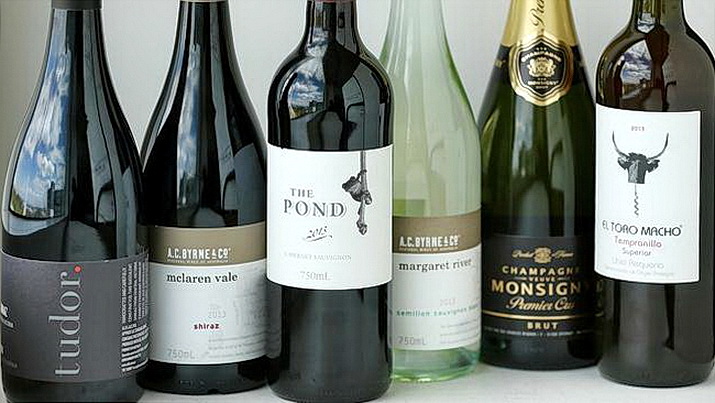
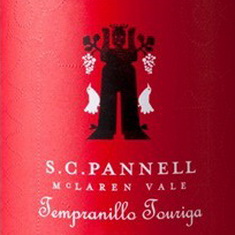
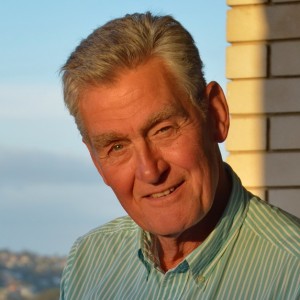
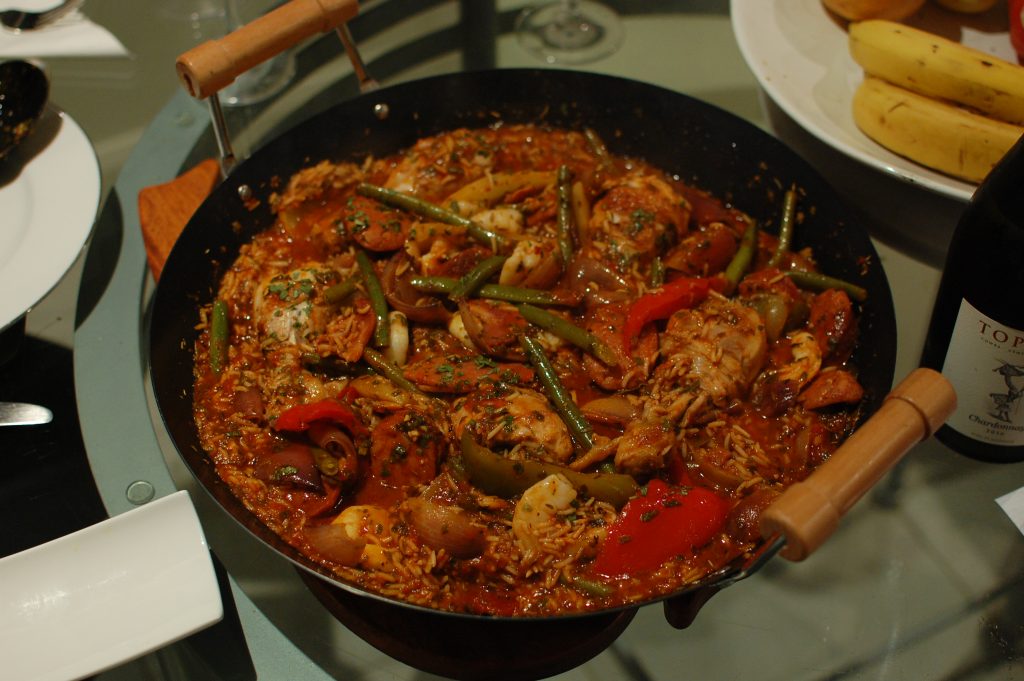
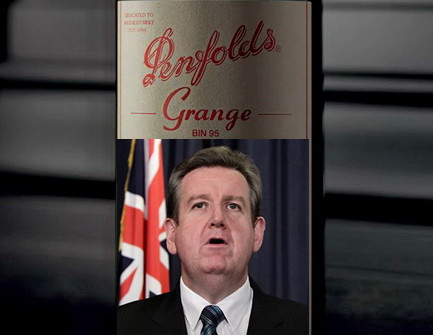
 and the wine will fill out and improve with time in bottle. Terrific with grilled seafood.
and the wine will fill out and improve with time in bottle. Terrific with grilled seafood.